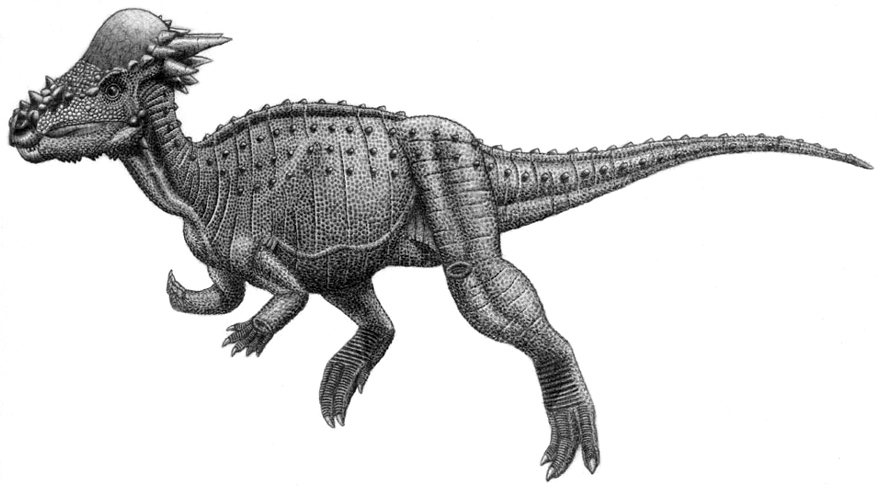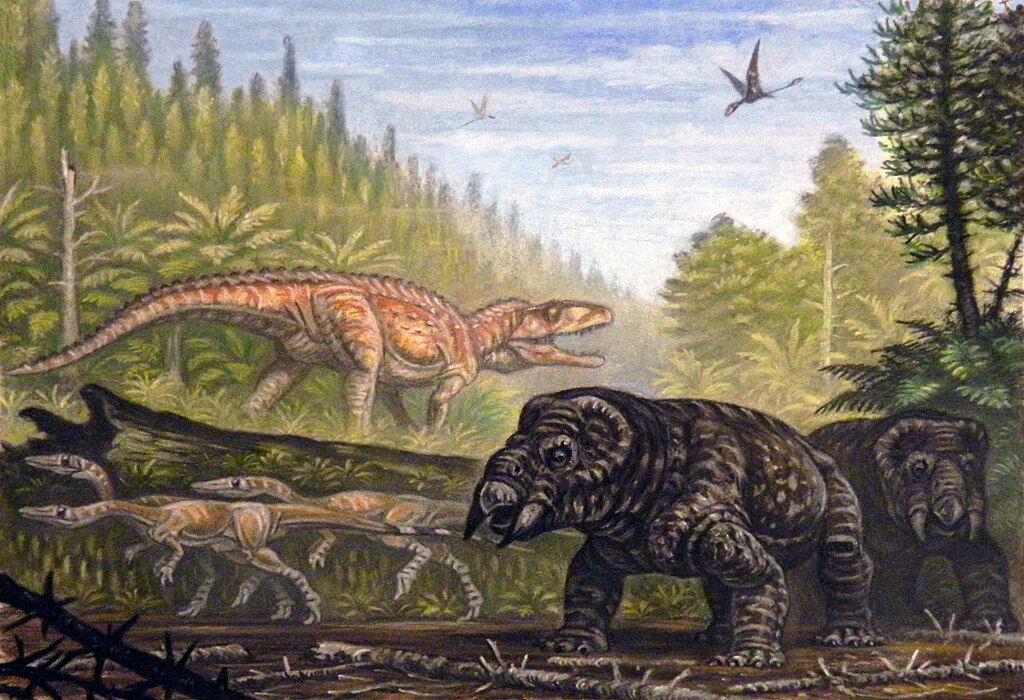Picture stumbling through an old museum storage room, dust covering forgotten treasures that haven’t seen daylight for decades. Sometimes the most incredible discoveries happen exactly this way, hidden in plain sight for nearly a century before someone realizes what they’re looking at. Such was the case with fossils that would push back the timeline of dinosaur evolution by millions of years.
The quest to find has been like chasing shadows through deep time. Each new discovery forces scientists to rethink everything they thought they knew about when these magnificent creatures first walked the Earth. From the windswept deserts of Morocco to the ancient lakebeds of Tanzania, recent finds are rewriting the story of dinosaur origins in ways that would have seemed impossible just a few years ago.
Nyasasaurus: The Controversial Champion
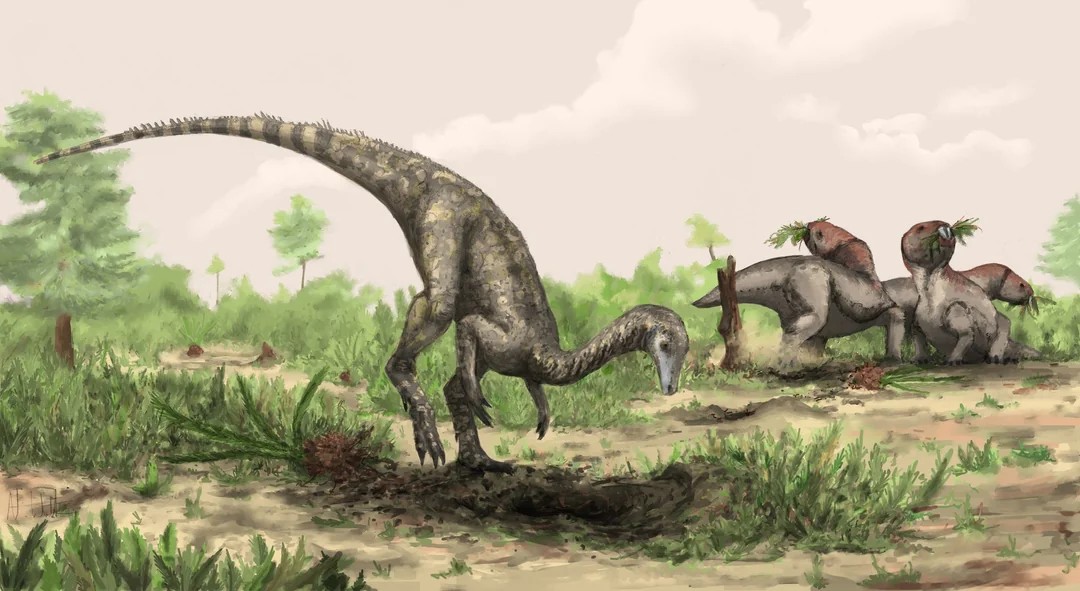
Meet Nyasasaurus parringtoni, a creature that may hold the title of Earth’s oldest dinosaur, pushing the dawn of these magnificent beasts back to around 243 million years ago. This ancient animal is known only from an upper arm bone and some back bones discovered in Tanzania in the 1930s but only recently studied in detail.
About the size of a Labrador retriever with a long neck and lengthy tail, Nyasasaurus likely stood upright, measuring 7 to 10 feet in length, 3 feet at the hip, and may have weighed between 45 and 135 pounds. The creature lived in a world that looked nothing like today, when all continents were stitched together into the supercontinent Pangaea.
A Discovery Hidden in Plain Sight
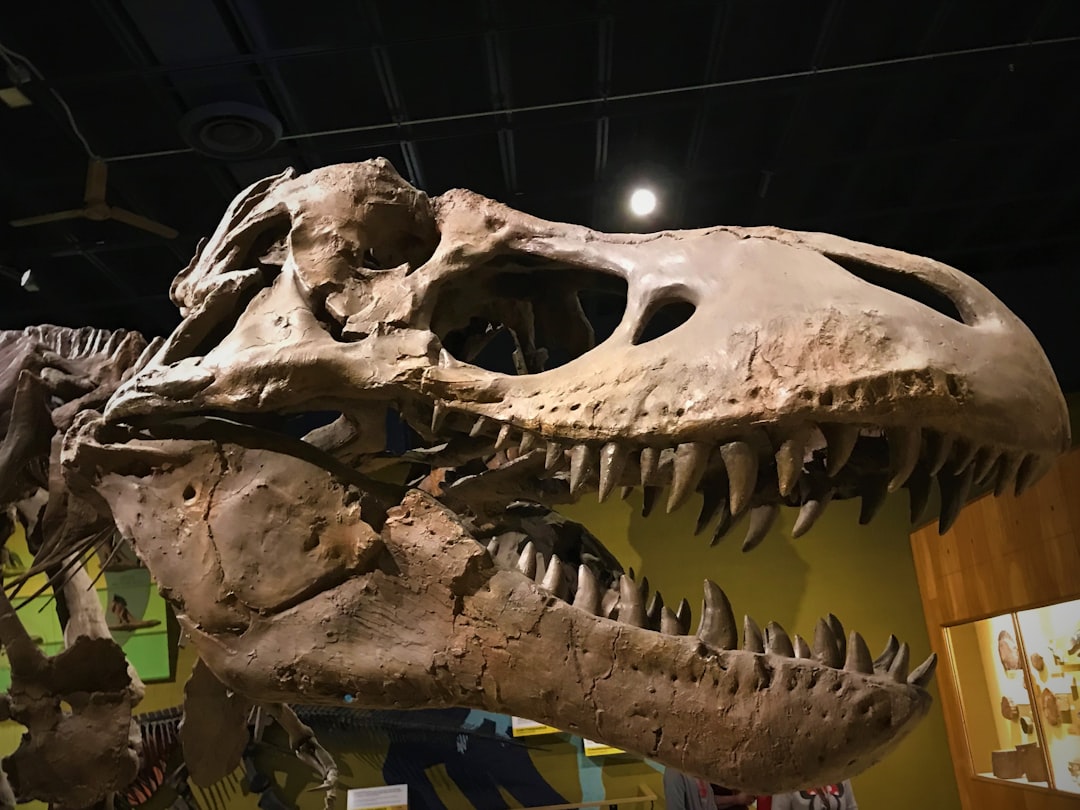
The fossils were found in Tanzania by Francis Rex Parrington in the mid-1930s and donated to the Natural History Museum in London, where they collected dust for over 50 years until scientists rediscovered this important find. It was first described by paleontologist Alan J. Charig in 1956, but it was never truly published and wasn’t fully described until 2012.
What makes this story even more fascinating is how close the discovery came to being lost forever. Museum storage rooms are filled with countless specimens waiting for their moment of recognition. The bones sat unnoticed while the scientific world searched for clues about dinosaur origins, not knowing that one of the most important pieces of the puzzle was already in their possession.
The Anatomical Evidence
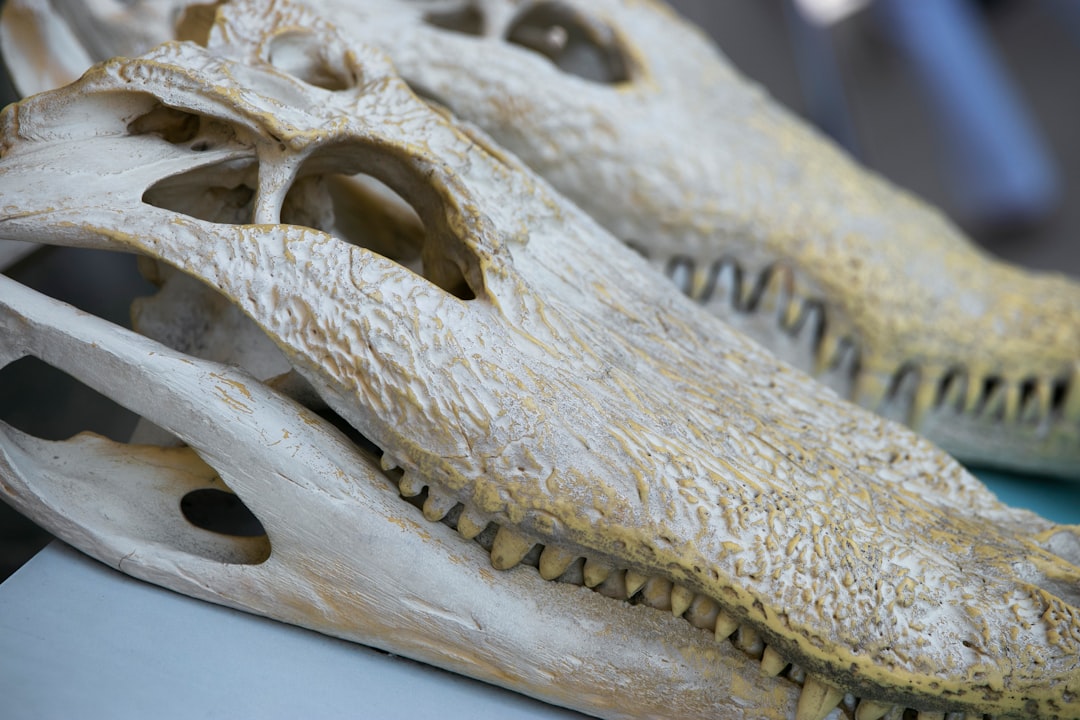
The creature has one distinguishing characteristic linking it to dinosaurs: a bony crest that runs along its upper arm bone. This upper arm bone sported a distinctively enlarged crest that would’ve served as a place of attachment for arm muscles, with early dinosaurs being the only group to have this feature.
Bone tissue analysis revealed that Nyasasaurus had rapid growth patterns with many bone cells and blood vessels, similar to what we see in fast-growing animals like mammals or birds today, with disorganized bone fibers typical of other early dinosaurs. This microscopic evidence provides crucial clues about how this ancient creature lived and grew.
The Great Age Debate
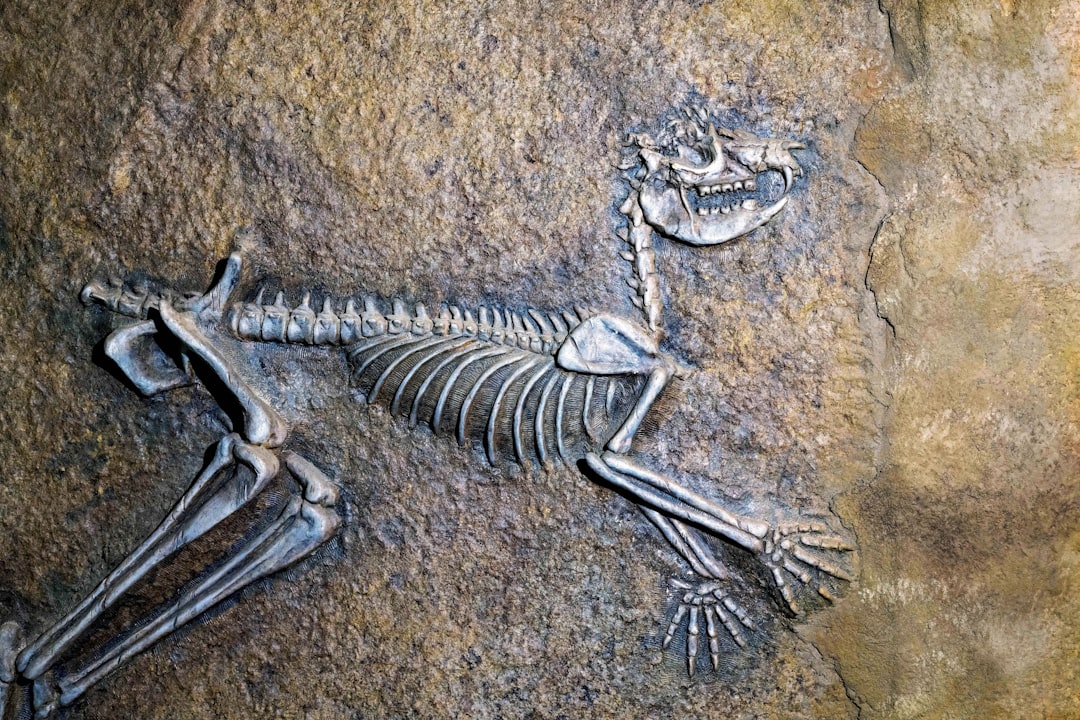
The 2012 study suggests that Nyasasaurus may be the earliest known dinosaur, dating to about 243 million years ago, 10 to 15 million years older than previously described dinosaurs like Herrerasaurus, though this age is being questioned by other papers. Previously, the oldest dinosaur records were from Brazil and Argentina, dating back to about 233-231 million years ago, meaning Nyasasaurus would predate other early dinosaurs by about 12 million years.
The scientific community continues to debate whether Nyasasaurus truly holds the oldest dinosaur title, with some paleontologists classifying it as a “dinosauriform” – a group of dinosaur-like reptiles that are close relatives existing just before true dinosaurs. The fragmentary nature of the fossil record makes definitive classification challenging when so few bones have been recovered.
Morocco’s Ancient Treasures
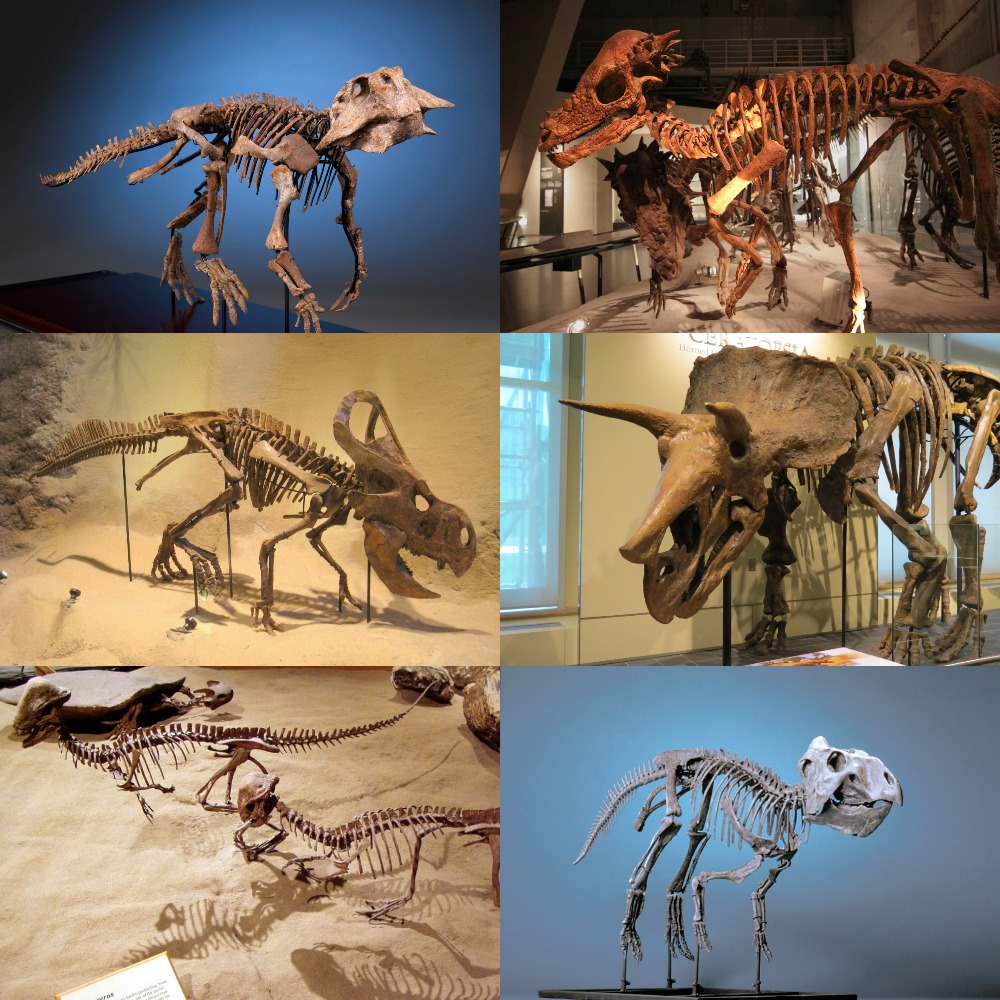
While Nyasasaurus holds the controversial crown, Morocco has emerged as an unexpected goldmine for ancient dinosaur discoveries. The earliest example of the cerapodans, which became Earth’s dominant herbivores, has been found in North Africa, with a leg bone fragment from Morocco being the first sign of this important dinosaur group.
Adratiklit boulahfa from Morocco is the oldest definite stegosaur , dated to the Middle Jurassic around 168 million years ago, making it older than most known stegosaurs and helping increase our understanding of this group’s evolution. The discovery came from Morocco’s Middle Atlas Mountains, where paleontologists continue to uncover remarkable fossils that challenge our understanding of dinosaur distribution and timing.
Recent Breakthrough Discoveries
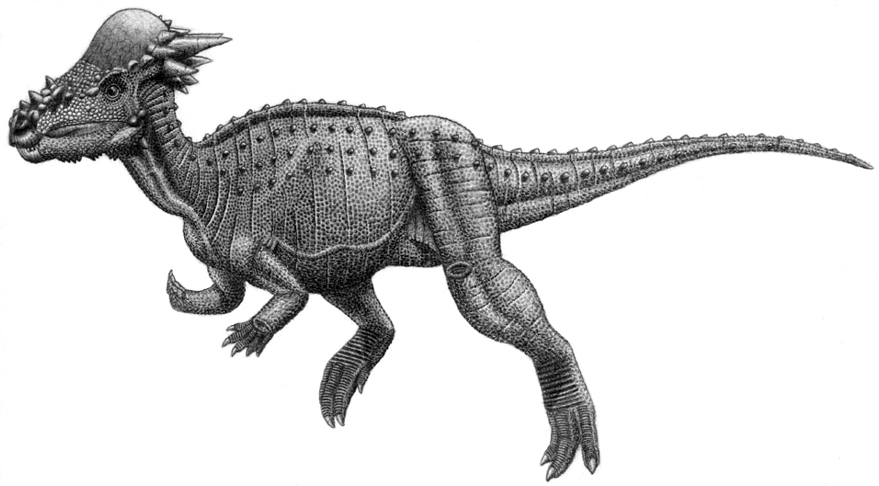
Recent discoveries in Mongolia’s Gobi Desert have revealed important pachycephalosaur fossils that help extend our understanding of this dinosaur group’s evolutionary timeline.
Meanwhile, ongoing research in North America continues to reveal early dinosaur fossils that show these creatures were present in the northern hemisphere earlier than previously thought. This discovery challenges long-held assumptions about dinosaur geographic distribution during the Triassic period.
What the Future Holds
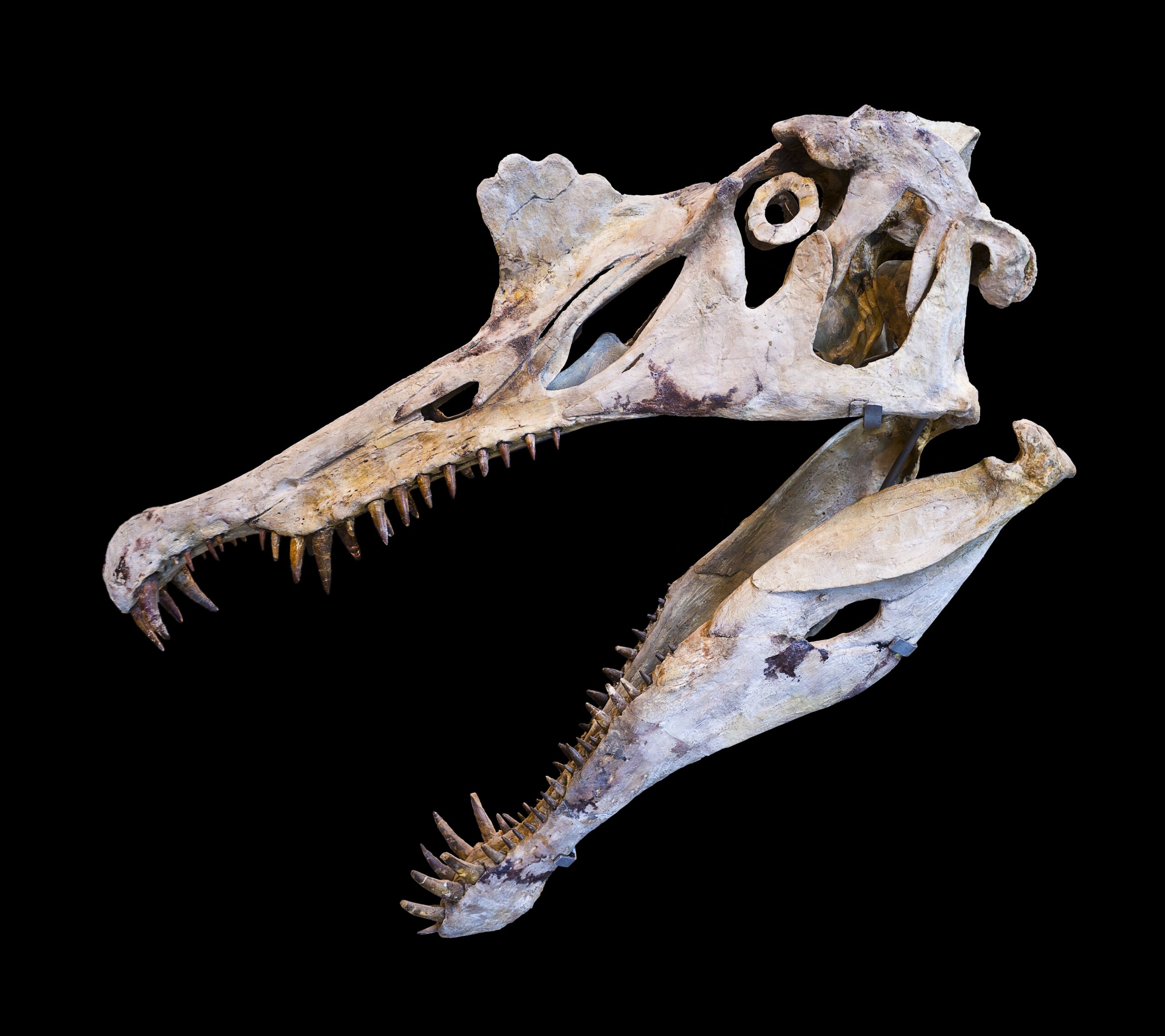
The search for the oldest dinosaur continues to evolve as new discoveries emerge from previously unexplored regions. Morocco has proven particularly significant for understanding dinosaur evolution, with researchers finding the world’s oldest ankylosaur and some of the oldest stegosaurs, suggesting that fossils from this area represent some of the earliest members from key dinosaur clades.
Each new discovery adds another piece to the complex puzzle of dinosaur origins. The fragmentary nature of many early fossils means that debates will likely continue, but the accumulating evidence paints an increasingly detailed picture of how these incredible creatures first emerged and spread across the ancient world.
Conclusion
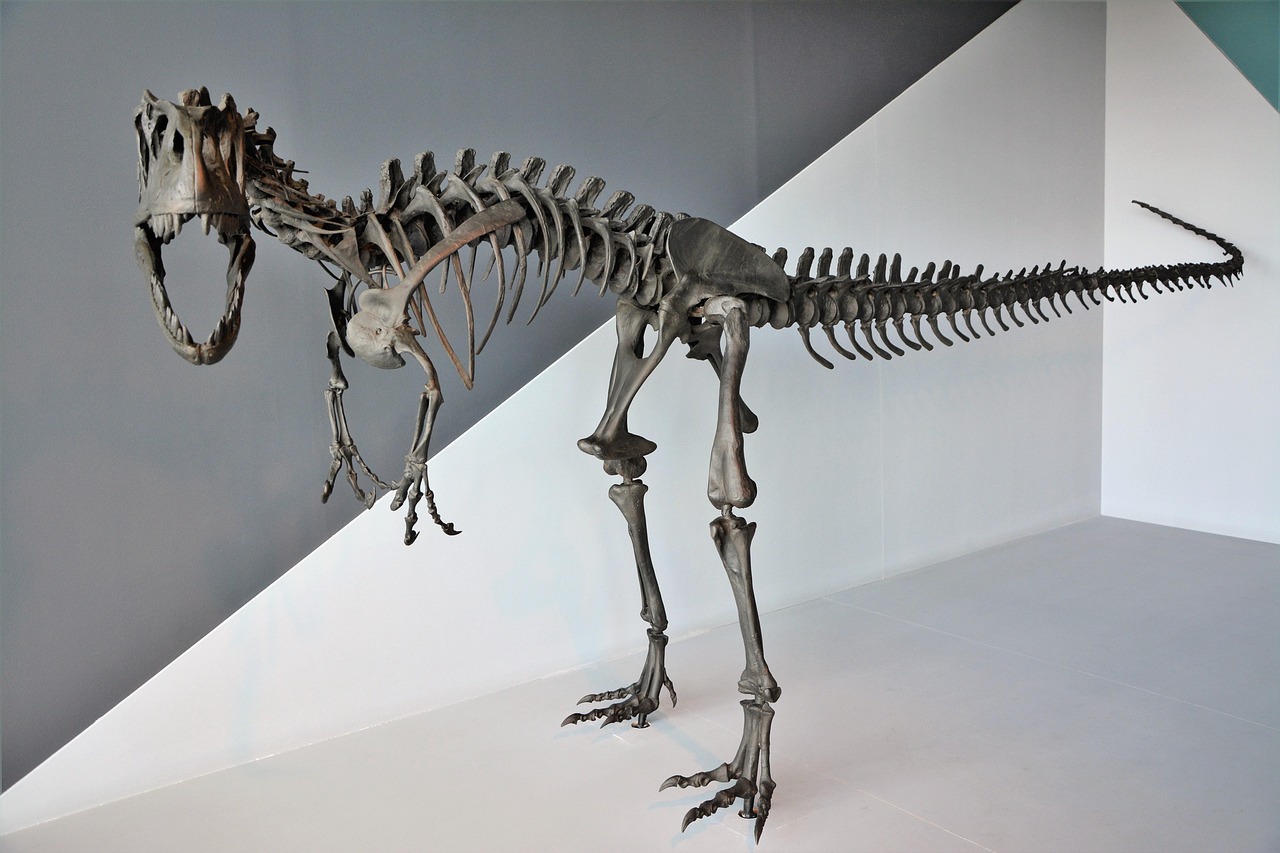
The quest to identify the oldest dinosaur reveals how much we still don’t know about these fascinating creatures. From Nyasasaurus in Tanzania to recent finds in Morocco and Mongolia, each discovery pushes back the boundaries of when dinosaurs first appeared on Earth. Though scientific debates continue about which fossil truly deserves the title of “oldest,” what’s clear is that dinosaurs have a much longer and more complex evolutionary history than previously imagined.
The story of these ancient discoveries reminds us that some of the most important scientific breakthroughs can happen when we take a fresh look at specimens that have been sitting in storage for decades. What do you think about the possibility that even older dinosaur fossils might be waiting to be discovered in museum collections around the world?

